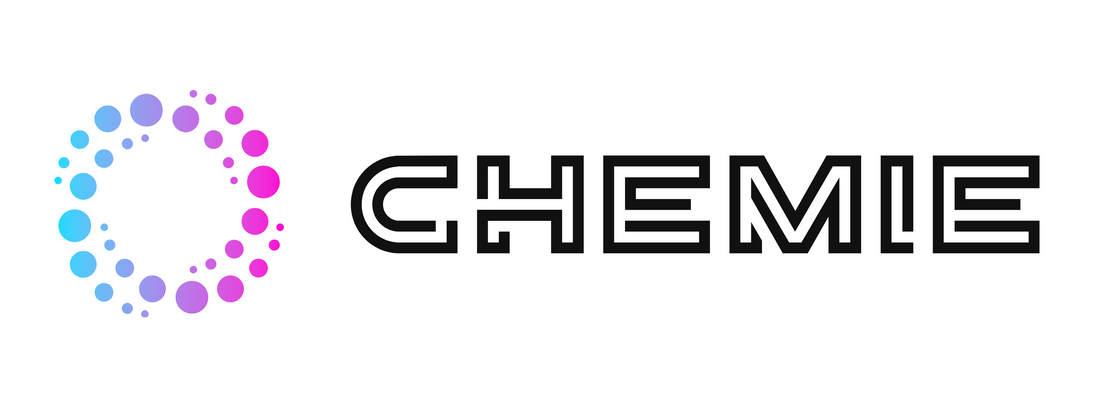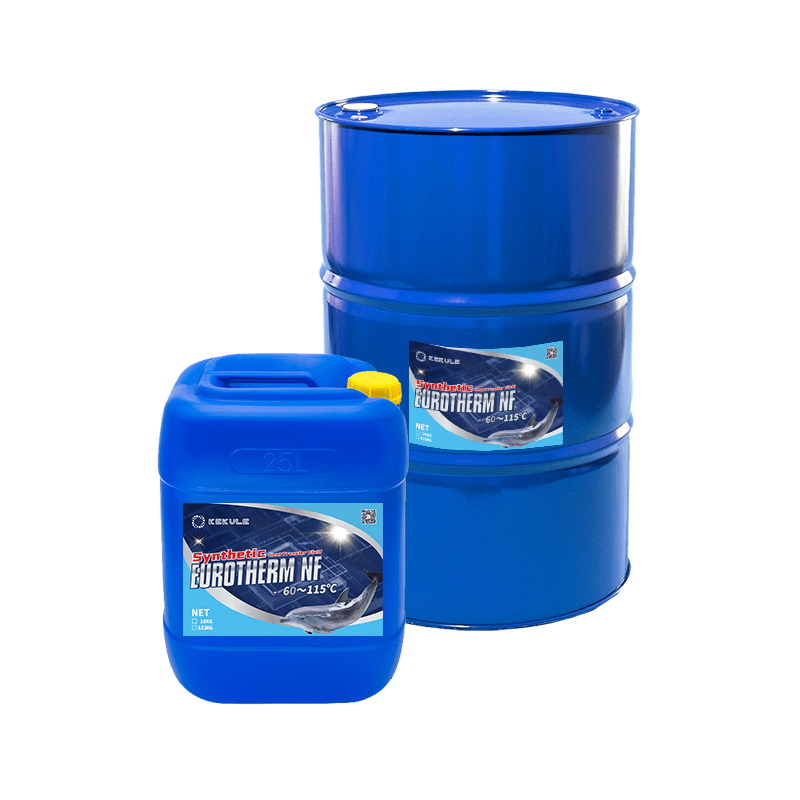Some Known Factual Statements About Chemie
Some Known Factual Statements About Chemie
Blog Article
7 Simple Techniques For Chemie
Table of ContentsThe Basic Principles Of Chemie More About ChemieThe Chemie IdeasThe smart Trick of Chemie That Nobody is DiscussingGetting My Chemie To WorkRumored Buzz on Chemie
By Bojanna Shantheyanda, Sreya Dutta, Kevin Coscia and David SchiemerDynalene, Inc. Fluid air conditioning, which can be achieved making use of indirect or direct methods, is made use of in electronics applications having thermal power thickness that might go beyond safe dissipation via air cooling. Indirect fluid cooling is where warm dissipating electronic parts are physically divided from the fluid coolant, whereas in instance of straight air conditioning, the elements are in straight contact with the coolant.Nonetheless, in indirect air conditioning applications the electric conductivity can be crucial if there are leaks and/or spillage of the liquids onto the electronics. In the indirect air conditioning applications where water based fluids with rust inhibitors are typically utilized, the electrical conductivity of the liquid coolant mainly depends upon the ion concentration in the liquid stream.
The increase in the ion focus in a closed loophole fluid stream might occur due to ion seeping from metals and nonmetal components that the coolant liquid is in call with. During operation, the electrical conductivity of the liquid may increase to a degree which could be damaging for the cooling system.
9 Simple Techniques For Chemie
(https://hearthis.at/bette-anderson/set/chemie/)They are grain like polymers that are qualified of trading ions with ions in a service that it is in contact with. In today job, ion leaching tests were performed with numerous steels and polymers in both ultrapure deionized (DI) water, i.e. water which is dealt with to the highest degree of purity, and low electric conductive ethylene glycol/water combination, with the determined change in conductivity reported over time.
The examples were allowed to equilibrate at area temperature for 2 days before tape-recording the first electrical conductivity. In all examinations reported in this research study liquid electrical conductivity was gauged to an accuracy of 1% utilizing an Oakton CON 510/CON 6 collection meter which was adjusted before each measurement.
Everything about Chemie
from the wall home heating coils to the center of the heating system. The PTFE example containers were put in the heating system when consistent state temperature levels were reached. The test configuration was gotten rid of from the furnace every 168 hours (seven days), cooled to room temperature level with the electrical conductivity of the liquid measured.
The electrical conductivity of the liquid sample was monitored for a total of 5000 hours (208 days). Figure 2. Schematic of the indirect closed loophole cooling down experiment set up - inhibited antifreeze. Table 1. Parts utilized in the indirect shut loophole cooling down experiment that are in contact with the liquid coolant. A schematic of the experimental setup is displayed in Figure 2.

The Buzz on Chemie
During procedure the liquid reservoir temperature was preserved at 34C. The change in fluid electric conductivity was kept track of for 136 hours. The fluid from the system was accumulated and stored. Similarly, shut loop test with ion exchange resin was executed with the very same cleaning treatments used. The initial electrical conductivity of the 230ml UP-H2O in the system measured 1.84 S/cm.

0.1 g of Dowex material was included in 100g of fluid samples that was absorbed a separate container. The mixture was stirred and alter in the electrical conductivity at room temperature level was gauged every hour. The measured adjustment in the electrical conductivity of the UP-H2O and EG-LC test liquids including polymer or steel when immersed for 5,000 hours at 80C is revealed Number 3.
The Only Guide for Chemie
Ion leaching experiment: Calculated adjustment in electrical conductivity of water and EG-LC coolants consisting of either polymer or steel examples when submersed for 5,000 hours at 80C. The outcomes suggest that metals added less ions into the liquids than plastics in both UP-H2O and EG-LC based coolants.
Liquids including polypropylene and HDPE exhibited the cheapest electric conductivity changes. This can be because of the short, stiff, linear chains which are much less likely to add ions than longer branched chains with weaker intermolecular pressures. Silicone also performed well in both examination fluids, as polysiloxanes are usually chemically inert because of the high bond energy of the silicon-oxygen bond which would prevent deterioration of the product into the fluid.
The 8-Second Trick For Chemie
It would be anticipated that PVC would create comparable outcomes to those of PTFE and HDPE based on the similar chemical frameworks of the products, nevertheless there might be various other pollutants existing in the PVC, such as plasticizers, that might influence the electrical conductivity of the liquid - fluorinert. Additionally, chloride groups in PVC can likewise seep into the examination liquid and can cause a rise in electrical conductivity
Polyurethane totally broke down into the test fluid by the end of 5000 hour examination. Prior to and after photos of steel and polymer examples submersed for 5,000 hours at 80C in the ion seeping experiment.
Measured modification in the electrical conductivity of UP-H2O coolant as a feature of time with and without resin cartridge in the closed indirect air conditioning loophole experiment. The determined modification in electrical conductivity of the UP-H2O for 136 hours with and without ion exchange material in the loophole is shown in Number 5.
Report this page